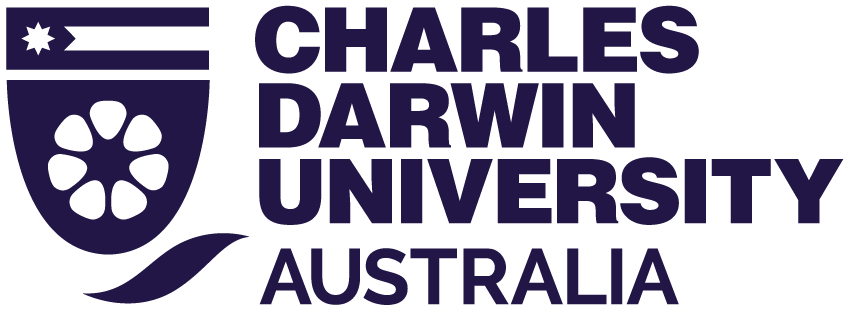10 Setting Up and Planning your edit
There are two very different sets of skills and areas involved in film editing. One side of things involves IT and data wrangling technical skills, whilst the other involves creative and organisational decision making and storytelling.
IT and Data Organisation
There is a wide range of editing software and hardware that you might like to look at. From editing on a phone or tablet through to a PC/Mac laptop or desktop, there are a range of paid and free solutions.
The following playlist is a good summary of some of the options: https://www.youtube.com/playlist?list=PLPBoySEerkz67h7cxjqlGg3gT_qfgGewK
Regardless of the hardware and software solution that you use, make sure that:
- Your solution has enough storage space to store your files and edits
- Your solution includes at least two different backups of all of your data and edits
- That you do a FULL workflow test of importing, editing and exporting some small samples of footage and edit. Many people have found serious problems only AFTER hours of editing. You want to avoid this and make sure your chosen workflow works for you and your chosen system.
Set up a VERY precise and WELL-ORGANISED set of folders and files that you will be using to store, edit and export your film with. This is what you will also be backing up.
For most editing solutions, often called NLE or Non-Linear Editing solutions, the editing is non-destructive. This means the editing program only generates operations and algorithms that it can apply to your footage, without changing any of the raw footage. These program project files should be backed up also as they are the results of all of your hard work editing!
